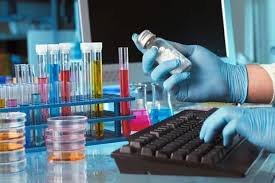Quality Inspection in Pharmaceuticals

Quality Inspection in Pharmaceuticals
Quality inspection in pharmaceuticals is a critical step to ensure that drug products meet regulatory standards, patient safety requirements, and therapeutic efficacy. It involves systematic checks, tests, and verification across different stages of manufacturing and distribution.
Key Aspects of Quality Inspection:
-
Raw Material Inspection – Ensures that APIs (Active Pharmaceutical Ingredients) and excipients conform to specifications before use.
-
In-Process Inspection – Monitoring critical process parameters (CPPs) and in-process controls (IPCs) during manufacturing.
-
Finished Product Inspection – Verifying appearance, weight variation, dissolution, assay, and uniformity of dosage forms.
-
Packaging Inspection – Checking for labeling accuracy, integrity, and compliance with GMP standards.
-
Microbiological Inspection – Ensuring sterility, endotoxin limits, and microbial quality where applicable.
-
Stability Inspection – Monitoring product performance under different environmental conditions throughout shelf life.
-
Regulatory Compliance – Ensuring inspections align with guidelines from FDA, EMA, WHO, ICH, and other regulatory bodies.
Importance:
-
Prevents substandard, adulterated, or counterfeit medicines from reaching patients.
-
Ensures consistency, safety, and efficacy of pharmaceutical products.
-
Builds trust with regulators and patients.
🎓 Discover one of the best Pharmaceutical Quality Assurance course available —click below to explore the course that’s shaping future Quality Assurance skills.
https://trcjw.on-app.in/app/oc/306166/trcjw

